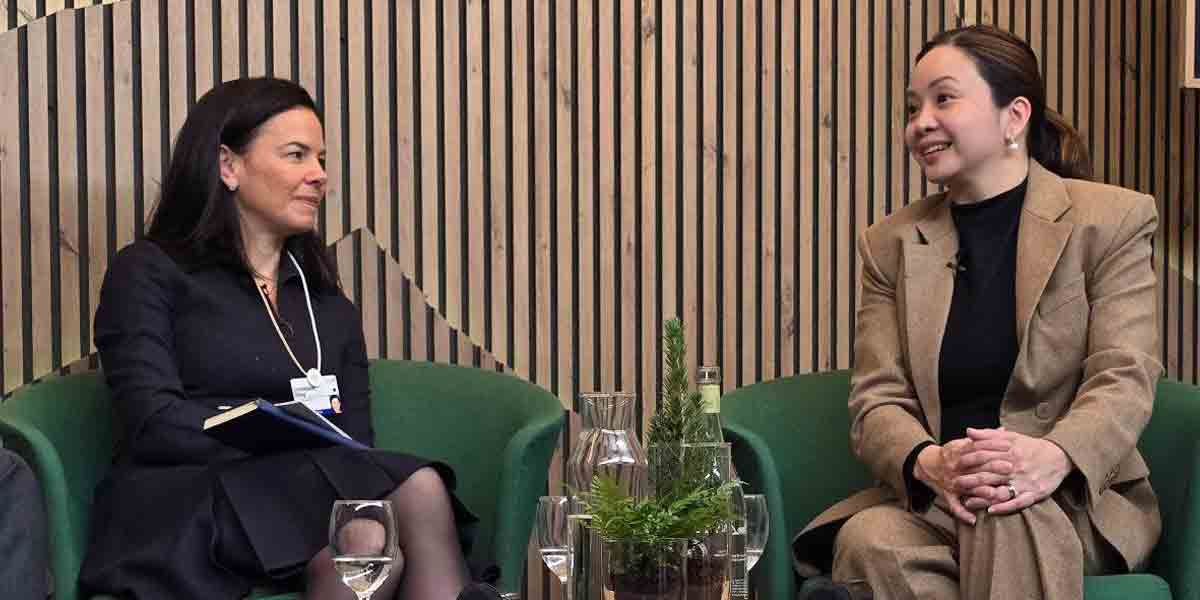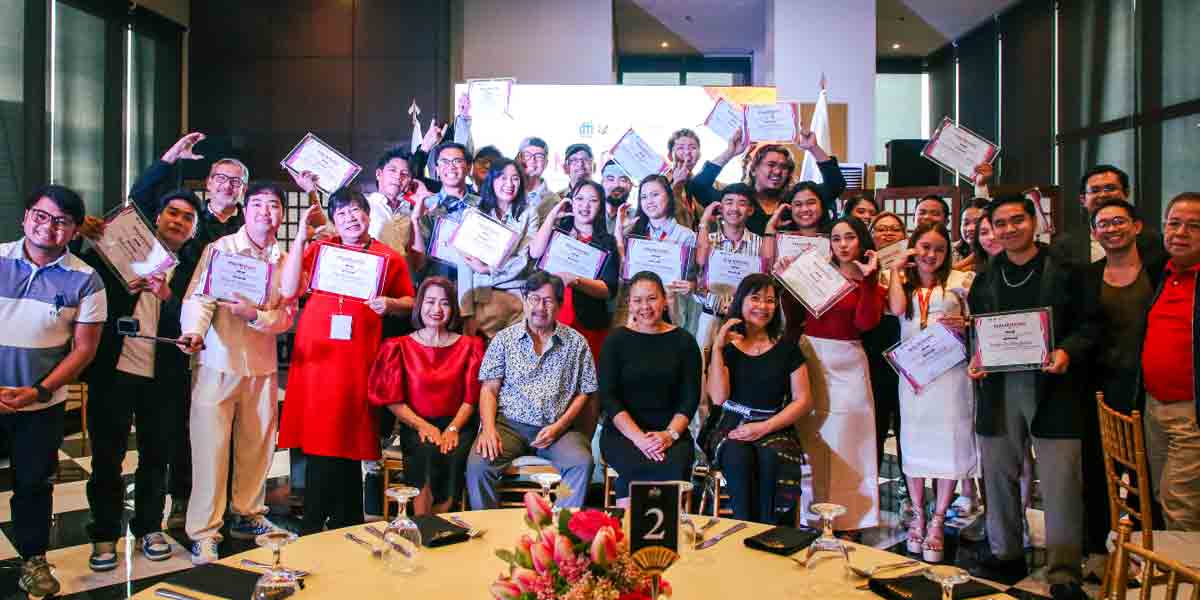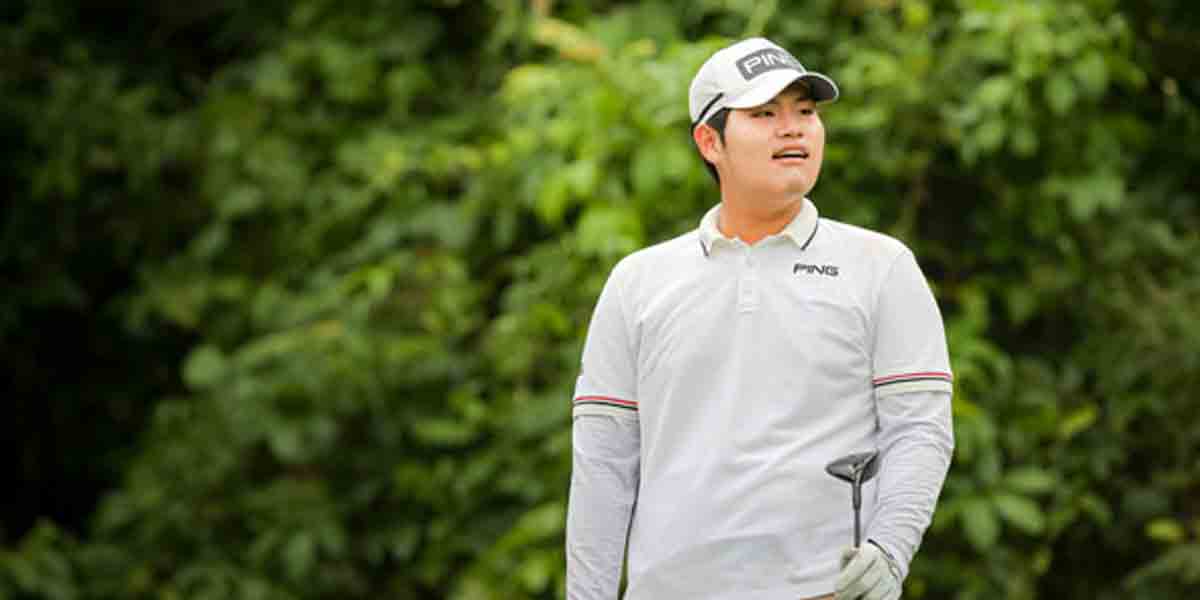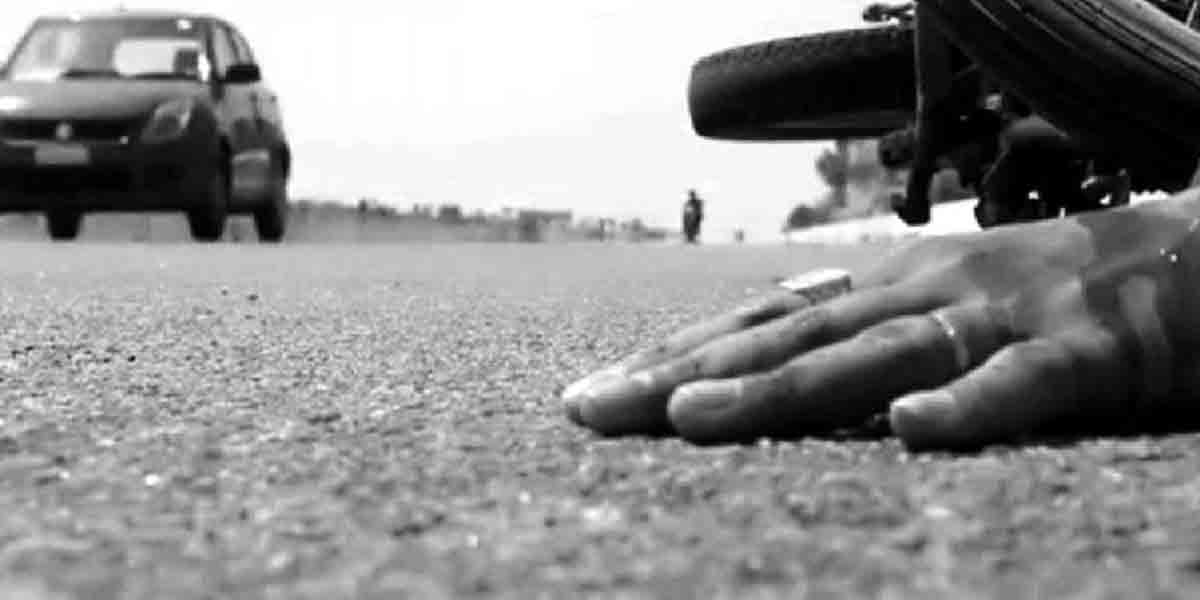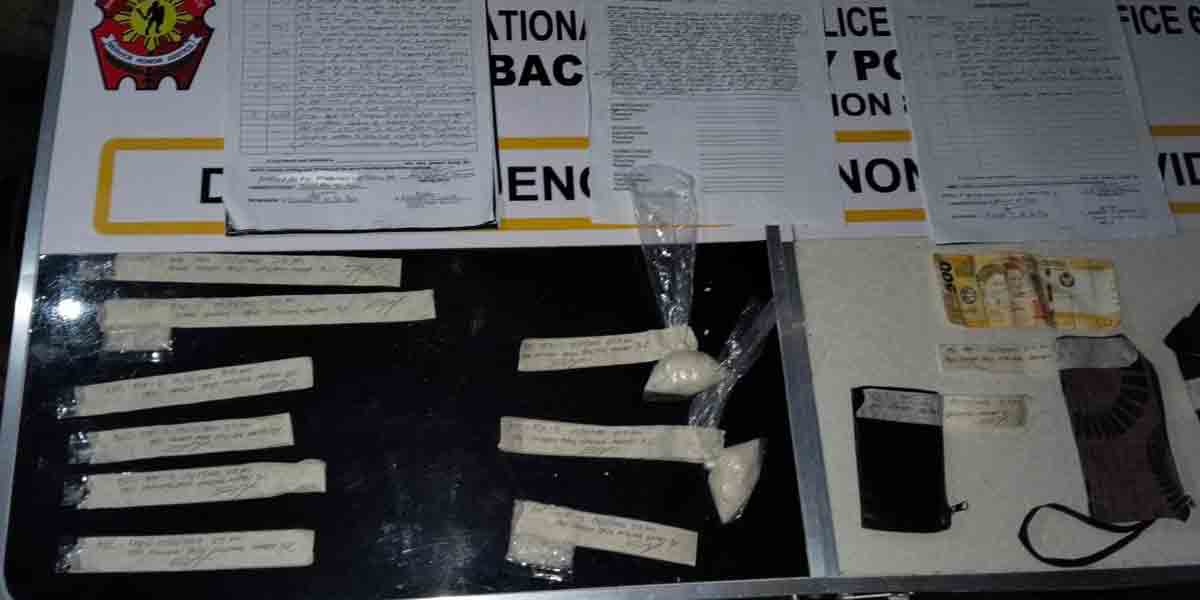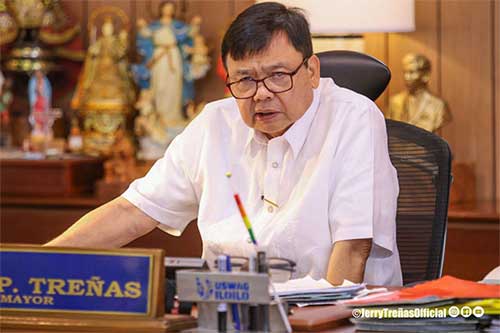By Atty. Eduardo T. Reyes III
Lacoste is a popular brand at least as far as lawn tennis players are concerned especially after the brand was indorsed by former world no. 1 Novak Djokovic and consistent top player in the world, Daniil Medvedev.
(This columnist being a lawn tennis aficionado and former varsity player in college saves up to acquire Lacoste tennis wear from t-shirts to warm-up jackets and even shoes as the brand is synonymous with elegance and style on the tennis court).
Lacoste is a limited liability company that was organized under the laws of France. Its trademark is a crocodile without any words. The crocodile design neither growls nor bellows yet it is recognized around the world.
Somewhere else in Asia, particularly in Singapore, another company that calls itself “Crocodile” is using a crocodile design with the words “Crocodile.” It is engaged in substantially the same line of business as Lacoste although it is not as popular in the tennis world- at least insofar as the opinion of this columnist is concerned.
When Crocodile sought to register its trade name and mark in the Philippine Intellectual Property Office (IPO), Lacoste filed an opposition. In Lacoste S.A. v. Crocodile International Pte Ltd., G.R. No. 223270, which came down on November 6, 2023, the Supreme Court summarized the significant facts as follows:
“On August 18, 2004 Lacoste filed a verified Notice of Opposition alleging that it would be greatly damaged by the registration of Crocodile’s “CROCODILE AND DEVICE” mark which is confusingly similar or identical to the former’s own “CROCODILE DEVICE” mark. As the registered owner of the “CROCODILE DEVICE” mark in the Philippines, it has the exclusive right to use the same to the exclusion of others.
In defense, Crocodile argued that its mark and that of Lacoste have substantial differences in appearance and overall impression as shown by the fact that while Lacoste’s mark is only a crocodile device facing the right, Crocodile’s composite mark consists of the stylized word mark “Crocodile” above the representation of a crocodile facing the left. According to Crocodile, such substantial differences in appearance and overall commercial impressions between the marks preclude any possibility of consumer confusion as to the origin or affiliation of the goods on which the marks are used.”
Then the meaning and purpose of a trademark were explained:
What is the meaning of trademark?
“Section 38 of R.A. No. 166, as amended defines “trademark” as “any word, name, symbol, emblem, sign or device or any combination thereof adopted and used by a manufacturer or merchant to identify his goods and distinguish them from those manufactured, sold or dealt in by others.” Relatedly, “the function of a trademark is to point out distinctly the origin or ownership of the goods [or services] to which it is affixed; to secure to him, who has been instrumental in bringing into the market a superior article of merchandise, the fruit of his industry and skill; to assure the public that they are procuring the genuine article; to prevent fraud and imposition; and to protect the manufacturer against substitution and sale of an inferior and different article as his product. X x x.”
What is the function of a trademark?
“Given such function of trademarks, R.A. No. 166 prohibits the registration of another mark if it, among others, “consists of or comprises a mark or trade-name which so resembles a mark or trade-name registered in the Philippines or a mark or trade-name previously used in the Philippines by another and not abandoned, as to be likely, when applied to or used in connection with the goods, business or services of the applicant, to cause confusion or mistake or to deceive purchasers.” Otherwise stated, an application for trademark registration shall be denied if the mark sought to be registered is confusingly similar to, or a colorable imitation of, a previously registered mark belonging to another.”
Given that two (2) companies, ie., Lacoste and Crocodile, both use the same logo, in ordinary parlance, does it mean that only one of them can rightfully do so?
In cases of this nature, courts ought to ascertain whether the later trade name or mark “resembles a mark or trade-name registered in the Philippines or a mark or trade-name previously used in the Philippines by another and not abandoned, as to be likely, when applied to or used in connection with the goods, business or services of the applicant, to cause confusion or mistake or to deceive purchasers.”
The usual tests in jurisprudence are the holistic or totality test and the dominancy test. However, of late, the holistic or totality test has been abandoned in favor of dominancy test. Thus, “In this regard, the Philippine jurisdiction used to have two tests to aid the Court in ascertaining the existence of similarity and likelihood of confusion, namely, the Dominancy Test and the Holistic or Totality Test. However, in Kolin Electronics Co. Inc. v. Kolin Philippines International, Inc., the Court En Banc categorically abandoned the use of the Holistic or Totality Test in favor of the Dominancy Test.”
What is the dominancy test?
“Verily, the dominancy test focuses on ‘the similarity of the prevalent or dominant features of the competing trademarks that might cause confusion, mistake, and deception in the mind of the purchasing public. Duplication or imitation is not necessary; neither is it required that the mark sought to be registered suggests an effort to imitate. Given more consideration are the aural and visual impressions created by the marks on the buyers of goods, giving little weight to factors like prices, quality, sales outlets, and market segments.” Thus, the Dominancy Test is applied “when the trademark sought to be registered contains the main, essential and dominant features of the earlier registered trademark, and confusion or deception is likely to result.”
By applying the dominancy test, and pitting the two crocodile designs side-by-side, the Supreme Court observed:
1)“Lacoste’s “saurian” figure is facing to the right, meaning the head is at the right side while the tail is at the left side, and is aligned horizontally. On the other hand, Crocodile’s “saurian” figure, is facing to the left, meaning the head is at the left side while the tail is at the right side.
2)Furthermore, both the “saurian” figure and the word “Crocodile” in stylized format on top of it are tilted in that the right side’s alignment is higher than the left side.
3)More significantly, the “saurian” figures in both marks are easily distinguishable from one another, considering that in Lacoste’s mark, the “saurian” figure is solid, except for the crocodile scutes found on the body and the base of the tail which are depicted in white inverted triangles.
4)There are also crocodile scutes protruding from the tail of Lacoste’s “saurian” figure. Meanwhile, the “saurian” figure in Crocodile’s mark is not solid, but rather, more like a drawing. Further, unlike Lacoste’s “saurian” figure, Crocodile’s “saurian” figure does not have crocodile scutes, whether protruding or not; and instead, is depicted with various scale patterns from the base of the head up to the tail.”
In the end, the Supreme Court found that since Lacoste’s crocodile design faces to the right and the tail is on the left side while that of Crocodile’s faces to the left and the tail is at the right, and there is a prominent word “crocodile” on the latter, then the features of the latter are not confusingly similar with that of Lacoste.
More, the Supreme Court underlined that as much as possible, a free and fair market shall be given a premium. “As a final note, the Court quotes with approval Senior Associate Justice Marvic M.V.F. Leonen’s Separate Concurring Opinion in Asia Pacific Resources International Holdings, Ltd. v. Paperone, Inc., where it is said that “[ e ]ven if products are found to be in the same market, in all cases of unfair competition, competition should be presumed. Courts should take care not to interfere in a free and fair market, or to foster monopolistic practices. Instead, they should confine themselves to prevent fraud and misrepresentation· on the public.” Thus, absent showing of fraud and misrepresentation to the public, the Court should allow enterprises, such as Crocodile in this case, to enter the Philippine market through, among others, the registration of their trademarks.” (Lacoste S.A. v. Crocodile International Pte Ltd., G.R. No. 223270, November 6, 2023).
Thus goes the story of the battle between two crocodiles which was resolved in favor of the freedom to compete in the open market.
(The author is the senior partner of ET Reyes III & Associates– a law firm based in Iloilo City. He is a litigation attorney, a law professor, MCLE lecturer, bar reviewer and a book author. His website is etriiilaw.com).






